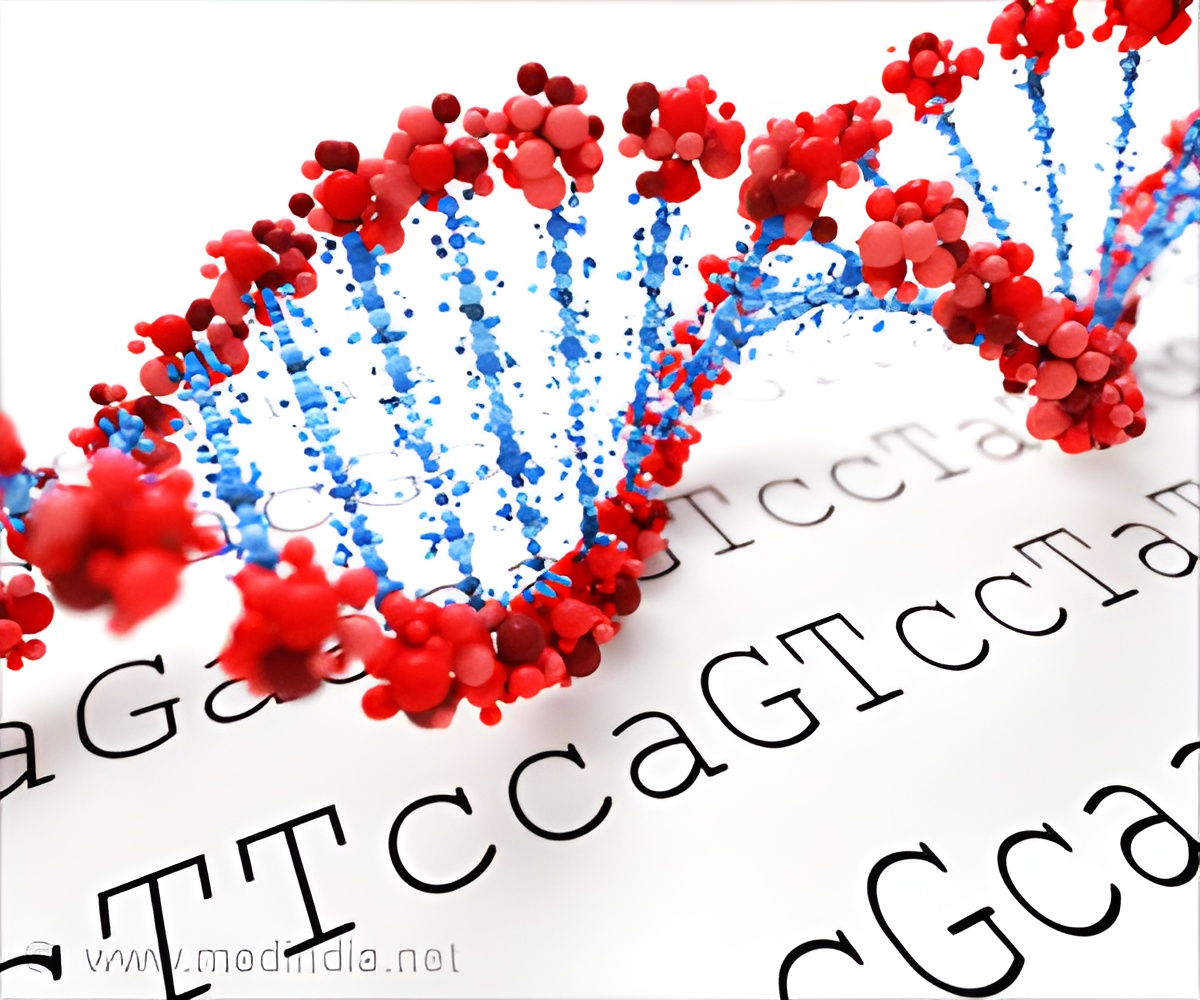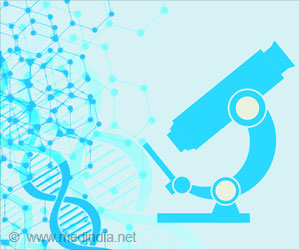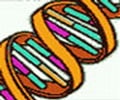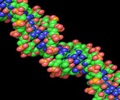
‘Visualising a genome in 3D at such an unprecedented level of detail is an exciting step forward in research.’
Tweet it Now
The new approach, detailed in the journal Nature, also enables researchers to determine the structures of active chromosomes inside the cell and how they interact with each other to form an intact genome. "Visualising a genome in 3D at such an unprecedented level of detail is an exciting step forward in research and one that has been many years in the making. This detail will reveal some of the underlying principles that govern the organisation of our genomes - for example how chromosomes interact or how structure can influence whether genes are switched on or off," said Tom Collins from Wellcome trust -- a London-based non-profit.
The genome's structure controls when and how strongly genes -- particular regions of the DNA -- are switched 'on' or 'off,' while playing a critical role in the development of organisms and also, when it goes awry, in disease.
The study may help study how this changes as stem cells differentiate and how decisions are made in individual developing stem cells, which may be key to realising the potential of stem cells in medicine.
"If we can apply this method to cells with abnormal genomes, such as cancer cells, we may be able to better understand what exactly goes wrong to cause disease, and how we could develop solutions to correct this," Collins said.
Advertisement














